
by Ria Olivier | Apr 29, 2024 | Marion Island, Research, Take-Over Operations, Uncategorised
Marion Island Take-Over 2024 Ornithology Projects: Avian scavengers as indicators of recovery of an island biota and the FitzPatrick long-term monitoring of Albatross and Giant Petrels.
The activities during the take-over 2024 will be divided into (1) completing the activities of the 2021/23 SANAP project on avian scavengers, and (2) ensuring the smooth passing of the FitzPatrick Institute seabird long-term monitoring on to the South African Polar Research Infrastructure (SAPRI).
 ABOVE: Michelle Jones (M80), Vanessa Steven (M81), Prof Susie Cunningham (UCT FitzPatrick PI), Rhiannon Gill (M81), Prof Peter Ryan (UCT FitzPatrick), Chris Jones (M80)
ABOVE: Michelle Jones (M80), Vanessa Steven (M81), Prof Susie Cunningham (UCT FitzPatrick PI), Rhiannon Gill (M81), Prof Peter Ryan (UCT FitzPatrick), Chris Jones (M80)
Avian scavengers as indicators of recovery of an island biota : Since 2021, our SANAP project focussed on the three poorly known avian scavengers: Brown Skua, Kelp Gull, Black-faced Sheathbill, as well as some of the skua’s prey, the burrowing seabird species. Our project filled identified scientific gaps that were crucial for best planning of the mouse eradication and development of appropriate mitigation measures, and established baselines for the scavenger guild and their prey base against which the impact of a successful mouse eradication can be measured in years to come. The takeover 2024 will see the closure of this project that we are aiming to restart at the time of the mouse eradication.

 Above: Chris and Michelle Jones working with the Wandering Albatross during overwinter period
Above: Chris and Michelle Jones working with the Wandering Albatross during overwinter period
The FitzPatrick long-term monitoring of Albatross and Giant Petrels: The long-term demography monitoring of Wandering and Grey-headed Albatrosses and Northern Giant Petrels at Marion Island was started by the FitzPatrick Institute of African Ornithology (UCT) in the early 1980s. To ensure its continuity for years to come, it will become SAPRI’s responsibility from April/May 2024. In the forthcoming takeover, all information regarding the monitoring will be passed on to SAPRI to ensure the continuity in the data collected. Further, the annual whole island count of Grey-headed Albatross fledglings will be conducted and Wandering Albatrosses will be carefully checked to detect any potential mouse injuries that were first detected in breeding adults in April 2023.

 (left) Michelle Jones with Grey-headed Albatross and (right) Chris Jones with Common Diving Petrel
(left) Michelle Jones with Grey-headed Albatross and (right) Chris Jones with Common Diving Petrel
Principal Investigators
Take-Over Research team
Overwintering team 2023/24:
- Michelle Risi Jones (NMU/SAPRI)
- Christopher Jones (NMU)
- Text: Dr Maelle Connan
- Images : Chris and Michelle Jones

by Ria Olivier | Apr 24, 2024 | Biosecurity, Ecology, Marion Island, Mice Eradication, Take-Over Operations
The Marion Island mouSe Ecology (MISE) Project: Towards a comprehensive understanding of impacts of the invasive house mouse on the terrestrial biodiversity of Marion Island
 (Above: Azorella selago – left: intact, right: eaten by mice)
(Above: Azorella selago – left: intact, right: eaten by mice)
This SANAP-funded project will set out to model the terrestrial food web on Marion Island, with a specific focus of understanding the role of the the invasive house mouse (Mus musculus), on the biodiversity and ecosystem functioning of Marion Island. The house mouse is an apex terrestrial predator on the island, i.e. it has few to no natural predators, but probably has a major effect on organisms on the island from across the food chain. This exercise is of utmost importance because the house mouse has detrimental effects on a large percentage of species on the island, ranging from seabirds to plants and macroinvertebrates; yet, some of these impacts are not well understood. Also, mouse eradication is planned for Marion Island in 2025. Only if we know what the current impact of mice are on the Marion Island ecosystem, can we predict the efficacy of the eradication..

 (Above: Elmar van Rooyen and Rabia Mathakutha. Left: before departure. Right: On board S.A.Agulhas II with Marion Island in the back)
(Above: Elmar van Rooyen and Rabia Mathakutha. Left: before departure. Right: On board S.A.Agulhas II with Marion Island in the back)
A major aim in the coming year will be to assess plant seed herbivory by mice, to see how this may have affected vegetation dynamics, and how mouse removal may affect vegetation dynamics; and also to understand current levels of invertebrate biomass on Marion Island. Invertebrates make up a major portion of the mouse diet, and repeat sampling since the 1970s has shown successive decreases in biomass. We will also be collecting data for isotope analyses to understand the food web on Marion Island in order to predict knock-on effects of mouse eradication and predict ecosystem recovery. Finally, we will be continuing long-term monitoring programmes of plants and invertebrates that were recently started, and also conduct some repeat sampling of protocols that were conducted some decades ago in order to assess how the system has changed in the last decades.
- Principal Investigator: Michelle Greve
- Affiliation: Department of Plant and Soil Sciences, University of Pretoria
- Research Programme: Towards a comprehensive understanding of impacts of the invasive house mouse on the terrestrial biodiversity of Marion Island
- Participants:
Marion 81 Overwintering Team: Elmar van Rooyen (University of Pretoria – UP)
 Allow me to introduce myself briefly. I am a 29-year-old conservation ecologist with a profound passion for nature and exploration. I hold an M.Sc. degree in Conservation Ecology & Entomology and possess a diverse skill set that includes expertise in ecology, restoration ecology, horticulture, botany, entomology, education, and management. Throughout my career, my focus has predominantly been on Southern Afrotemperate forests, and I have accumulated significant experience in South African forest ecology. I am drawn to this expedition for several reasons. Foremost, the opportunity to explore the unique environment of Marion Island presents a once-in-a-lifetime chance for me to expand my knowledge and understanding of sub-Antarctic ecosystems. While I may not have prior experience with the island, I firmly believe that firsthand experience is the most effective way to comprehend its ecology and wildlife. Moreover, I am deeply committed to the conservation of natural habitats, and Marion Island’s status as a biodiversity hotspot underscores the urgency of our research efforts. The presence of invasive house mice poses a significant threat to the island’s flora and fauna, necessitating thorough investigation and potential eradication strategies. Additionally, I am eager to contribute to studies on the impact of alien plant species and assist in devising methods for their control. I have always had a profound appreciation for fieldwork, and I relish the opportunity to immerse myself in hands-on research once again. Marion Island’s rugged terrain and unique challenges excite me, and I am prepared to tackle them head-on in the pursuit of conservation objectives.
Allow me to introduce myself briefly. I am a 29-year-old conservation ecologist with a profound passion for nature and exploration. I hold an M.Sc. degree in Conservation Ecology & Entomology and possess a diverse skill set that includes expertise in ecology, restoration ecology, horticulture, botany, entomology, education, and management. Throughout my career, my focus has predominantly been on Southern Afrotemperate forests, and I have accumulated significant experience in South African forest ecology. I am drawn to this expedition for several reasons. Foremost, the opportunity to explore the unique environment of Marion Island presents a once-in-a-lifetime chance for me to expand my knowledge and understanding of sub-Antarctic ecosystems. While I may not have prior experience with the island, I firmly believe that firsthand experience is the most effective way to comprehend its ecology and wildlife. Moreover, I am deeply committed to the conservation of natural habitats, and Marion Island’s status as a biodiversity hotspot underscores the urgency of our research efforts. The presence of invasive house mice poses a significant threat to the island’s flora and fauna, necessitating thorough investigation and potential eradication strategies. Additionally, I am eager to contribute to studies on the impact of alien plant species and assist in devising methods for their control. I have always had a profound appreciation for fieldwork, and I relish the opportunity to immerse myself in hands-on research once again. Marion Island’s rugged terrain and unique challenges excite me, and I am prepared to tackle them head-on in the pursuit of conservation objectives.
Marion Takeover 2024: Rabia Mathakutha (South African Polar Research Infrastructure -SAPRI)
 Rabia is excited to participate in the 2024 Marion Island Relief Expedition. Rabia is an ecologist by training and will be working as part of the University of Pretoria research team towards a comprehensive understanding of impacts of the invasive house mouse on the terrestrial biodiversity of Marion Island. Rabia first visited the island as part of her Masters research project during the 2015 and 2016 relief expeditions. Rabia’s MSc in Plant Science was focused on understanding plant invasion potential and environmental change responses in the sub-Antarctic region, using Marion Island as a case study. This is when her passion for understanding and participating in the conservation of South Africa’s polar environment was ignited. In her current capacity, Rabia is a research coordinator for the Data, Products and Society (DPS) Integrated Facility of the South African Polar Research Infrastructure (SAPRI). She continues to support the polar research environment by ensuring coordinated access to research infrastructure and societal benefits through science engagement and science communication. Rabia views this chance to revisit the island as a once-in-a-lifetime opportunity, one that will not only build upon previous efforts in understanding plant dynamics but also advance our understanding of ecological processes in response to a threatening invader. There’s no better place to study this than Marion Island, our own natural laboratory, and where it’s most urgently needed. As part of the larger Mouse-Free Marion project, Rabia considers this as a significant contribution to global conservation efforts, and in her words, “saving the world!”.
Rabia is excited to participate in the 2024 Marion Island Relief Expedition. Rabia is an ecologist by training and will be working as part of the University of Pretoria research team towards a comprehensive understanding of impacts of the invasive house mouse on the terrestrial biodiversity of Marion Island. Rabia first visited the island as part of her Masters research project during the 2015 and 2016 relief expeditions. Rabia’s MSc in Plant Science was focused on understanding plant invasion potential and environmental change responses in the sub-Antarctic region, using Marion Island as a case study. This is when her passion for understanding and participating in the conservation of South Africa’s polar environment was ignited. In her current capacity, Rabia is a research coordinator for the Data, Products and Society (DPS) Integrated Facility of the South African Polar Research Infrastructure (SAPRI). She continues to support the polar research environment by ensuring coordinated access to research infrastructure and societal benefits through science engagement and science communication. Rabia views this chance to revisit the island as a once-in-a-lifetime opportunity, one that will not only build upon previous efforts in understanding plant dynamics but also advance our understanding of ecological processes in response to a threatening invader. There’s no better place to study this than Marion Island, our own natural laboratory, and where it’s most urgently needed. As part of the larger Mouse-Free Marion project, Rabia considers this as a significant contribution to global conservation efforts, and in her words, “saving the world!”.
Text and images by MISE.

by Ria Olivier | Apr 19, 2024 | Marion Island, Newsletters>Marion Island Newsletters, Overwintering Team
Message form M80 leader to the new team: “I and many will forever be grateful to have been part of the South African National Antarctic Program (SANAP). ALL THE BEST TO M81!!!” – Sandile Nkebe
Marion Newsletter now available
 From the Editor: “We would like to dedicate the third and final issue of M80’s cohort of the Wanderer to M81. Marion is anything you want it to be, so make it special. It goes quick.” = Zafier Maurier (right)
From the Editor: “We would like to dedicate the third and final issue of M80’s cohort of the Wanderer to M81. Marion is anything you want it to be, so make it special. It goes quick.” = Zafier Maurier (right)



- Conversations on the Rock
- Class of M80
- Spot the difference by Zafar Monier
- Poem by Dylan seaton
- Peanut Butter Squares
- The Looter’s Guide to Marion Island
- The Realm of Mythical Marion
Field Assistant’s Guide Marion Field Hut Recipe Book
The Field Guide and Recipe Book update by Marion 80 Overwintering Team.

by Ria Olivier | Mar 11, 2024 | Announcement, Environment, Invasion Biology, Marine Protected Area, Marion Island, Mice Eradication, Prince Edward Island, Prince Edward Islands
 MINISTER CREECY LAUNCHES THE 3RD NATIONAL STATUS OF BIOLOGICAL INVASIONS AND THEIR MANAGEMENT IN SOUTH AFRICA
MINISTER CREECY LAUNCHES THE 3RD NATIONAL STATUS OF BIOLOGICAL INVASIONS AND THEIR MANAGEMENT IN SOUTH AFRICA
Full release available on Department of Forestry Fisheries nd the Environment website
 “We must continue investing in research and innovation, supporting studies that enhance our understanding of invasive species dynamics to improve management strategies. The 3rd National Status report on Biological Invasions serves as a clarion call for action reminding us of the urgency of the situation and the imperative to act decisively,”
“We must continue investing in research and innovation, supporting studies that enhance our understanding of invasive species dynamics to improve management strategies. The 3rd National Status report on Biological Invasions serves as a clarion call for action reminding us of the urgency of the situation and the imperative to act decisively,”
“Addressing the challenges posed by biological invasions requires a coordinated and collaborative effort. No single entity can tackle this issue alone. Government, academics, civil society organisations and communities must come together, pooling their knowledge, resources and expertise to develop effective prevention, early detection and control strategies,” said Minister Creecy.
 Thirdly, invasive species are devastating the unique and sensitive biodiversity of the Prince Edward Islands. For the first time, this report provides a separate assessment of the status of biological invasions and their management on the Prince Edward Islands. Although these islands are part of South Africa, their remote location and unique biodiversity warrant a separate assessment. Findings highlight the devastating impact of the house mouse, which is alien to the Marion Island. The mice feed on plants, and small animals including endangered seabirds. A bold plan to eradicate mice from the island has been developed and is due to be implemented in 2027. The eradication of mice from Marion Island is essential if its unique biodiversity is to be preserved.
Thirdly, invasive species are devastating the unique and sensitive biodiversity of the Prince Edward Islands. For the first time, this report provides a separate assessment of the status of biological invasions and their management on the Prince Edward Islands. Although these islands are part of South Africa, their remote location and unique biodiversity warrant a separate assessment. Findings highlight the devastating impact of the house mouse, which is alien to the Marion Island. The mice feed on plants, and small animals including endangered seabirds. A bold plan to eradicate mice from the island has been developed and is due to be implemented in 2027. The eradication of mice from Marion Island is essential if its unique biodiversity is to be preserved.

by Ria Olivier | Feb 27, 2024 | Antarctica, Environment, Geomorphology, Marion Island, Research, SANAP, SANAP Student

 Prof Werner Nel chaired the session on earth system Observations under the title: “Antarctic and sub-Antarctic Earth Science”. The session opened with a talk by Geoff Grantham of University of Johannesburg and Werner then introduced research Landscape and climate interactions in the sub-Antarctic. The session was in the format of a panel and roundtable discussion. (Above group photo of Landscape research in mountain and polar environments)
Prof Werner Nel chaired the session on earth system Observations under the title: “Antarctic and sub-Antarctic Earth Science”. The session opened with a talk by Geoff Grantham of University of Johannesburg and Werner then introduced research Landscape and climate interactions in the sub-Antarctic. The session was in the format of a panel and roundtable discussion. (Above group photo of Landscape research in mountain and polar environments)
 In this session four higher education Institutions were represented.
In this session four higher education Institutions were represented.
 Above l-r: Geoff Grantham (UJ), Liezel Rudolph (UFS), Abu Nguna (UFH), Sibusiso Sinuka (UFH), Zenande Kabase(UFH)
Above l-r: Geoff Grantham (UJ), Liezel Rudolph (UFS), Abu Nguna (UFH), Sibusiso Sinuka (UFH), Zenande Kabase(UFH)
- Dr Geoff Grantham: Geological and Geophysical Research in Western Dronning Maud Land, Antarctica. Fieldwork, Laboratory Methods, History and Progress over ~40 years. (Abstract)
- Prof Werner Nel: Landscape and climate interactions in the sub-Antarctic: Past, present and future. (Abstract)
- Dr Elizabeth Rudolph: The deglaciation of sub-Antarctic Marion Island. (Abstract)
- Mr Sibusiso Sinuka: Towards determining the formation ages of the lithologies on sub-Antarctic Marion Island. (Abstract)
- Mr Abuyiselwe Nguna: Preliminary results of fallout 137Caesium techniques on Aeolian land features on sub-Antarctic Marion Island . (Abstract)
- Mr Zenande Kabase: Long term trends in extreme daily temperature and precipitation on sub-Antarctic Marion Island from 1950 to 2020. (e-Poster)(Abtract)
 Other presentations of this project were given in the data management and humanities sessions as well as David Hedding in the summer survey as he only joined on 30 November due to the Prince Edward Island Scientific Expedition. (l-R: David Hedding (UNISA), Marike Stander (UFS), Bjorn Boyes (UFS)
Other presentations of this project were given in the data management and humanities sessions as well as David Hedding in the summer survey as he only joined on 30 November due to the Prince Edward Island Scientific Expedition. (l-R: David Hedding (UNISA), Marike Stander (UFS), Bjorn Boyes (UFS)

by Ria Olivier | Feb 26, 2024 | Antarctica, Biosecurity, Engineering, Mammology, Marine Protected Area, Marion Island, Research, SANAP

 Dr Mia Wege chaired the session on Marine Mammals during the 6th SANAP Symposium that resorts within the Marine and Antarctic Research Strategy – ecosystems, biodiversity and biodiscovery. The session includes talks on various marine and the presentations were arranged according roughly to species and area. This Included elephant seals, fur seal, Ross seal, whales in ice, whales along the Southern African coast The session was presented in panel, discussion format, that allowed for questions form the audience. (Photo Credit: ALSA Archive)
Dr Mia Wege chaired the session on Marine Mammals during the 6th SANAP Symposium that resorts within the Marine and Antarctic Research Strategy – ecosystems, biodiversity and biodiscovery. The session includes talks on various marine and the presentations were arranged according roughly to species and area. This Included elephant seals, fur seal, Ross seal, whales in ice, whales along the Southern African coast The session was presented in panel, discussion format, that allowed for questions form the audience. (Photo Credit: ALSA Archive)
- Dr Christian Murray: Understanding the drivers of Marion Island’s elephant seal population. (Abstract)
- Leandri de Kock: Considering individual variation when investigating marine predator behaviours during life- history events(Abstract)
- Dr Liezl Pretorius and Dr Greg Hofmeyr (presenting): Canine morphometrics as a tool for distinguishing species, sex and age in Southern Ocean fur seals(Abstract)
- Dr Mia Wege: The conveyor belt of Ross seals in the Lazarev Sea and their behaviour. (Abstract)
- Matthew Germishuizen: Sea ice declines coincide with a period of reduced reproductive success in Southern Ocean top predator (Abstract)
- Oluwaseyi Paul Babalola: Entropy-based Detection and Classification of Bryde’s Whale Vocalizations: An Approach for Understanding and Conserving an Endangered Species(Abstract)




(Above L-R: Dr Christian Murray, Leandri de Kock, Dr Greg Hofmeyr, Oluwaseyi Paul Babalola)




It was great to see the Mammal Research Institute Whale Unit of the University of Pretoria based in Hermanus, Western Cape represented during the symposium by Dr Els Vermeulen, Matthew Germishuizen, Elisa Seyboth and Antonia Immerz. (Above L-R)



The Prince Edward Island scientific expedition was able to join the symposium on the 30th November and Chris Oosthuizen did his presentation in the session, ‘Data Management and the Summer Survey Participants’ chaired by Dr Christel Hansen. Liezel Pretorius was also able to join the conference on the Thursday. (Above L-R: Chris Oosthuizen, Liezel Pretorius, Yinhla Shihlomuhle)
- Dr Chris Oosthuizen. Marine predators: ecosystem sentinels that help inform Southern Ocean management. (Abstract)
An initiative by Mia Wege was to use the SANAP symposium to bring all “bio loggers/trackers” together, that included researchers who tag animals, mostly top predators across the globe. The purpose was to get some structure going and talk about a potential larger workshop specifically for the entire community. The meeting was well represented, and this was a great opportunity used.

 Two of the Principal investigators of the project were able to attend the symposium. ( Nico de Bruyn(left) – University of Pretoria and Jaco Versfeld (Right) Stellenbosch University)
Two of the Principal investigators of the project were able to attend the symposium. ( Nico de Bruyn(left) – University of Pretoria and Jaco Versfeld (Right) Stellenbosch University)
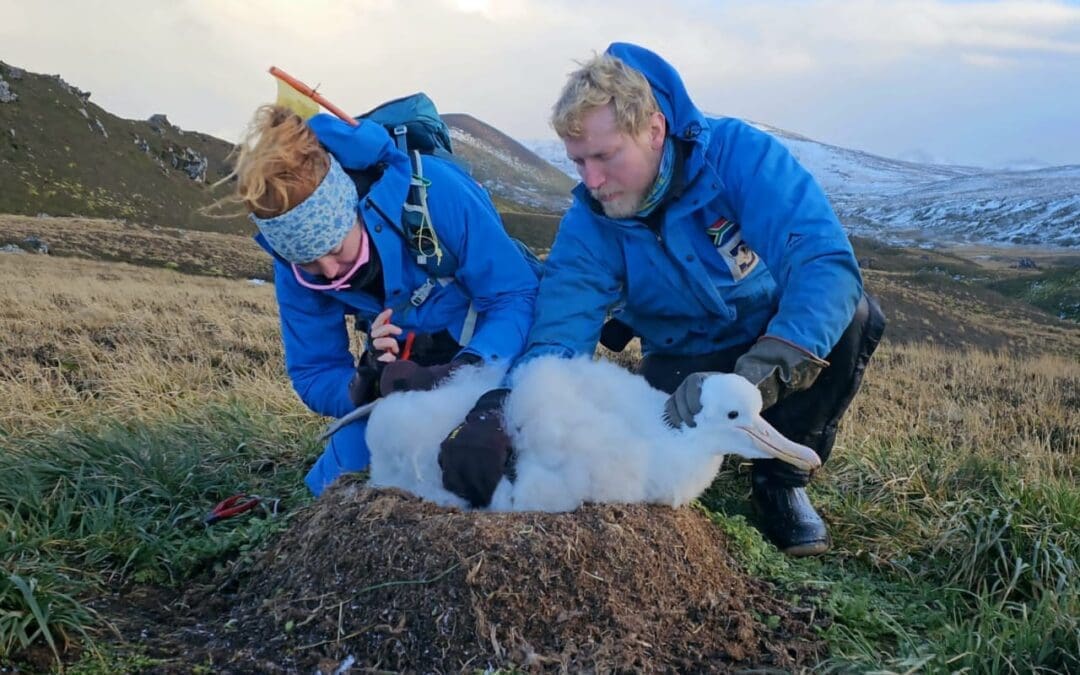
 ABOVE: Michelle Jones (M80), Vanessa Steven (M81), Prof Susie Cunningham (UCT FitzPatrick PI), Rhiannon Gill (M81), Prof Peter Ryan (UCT FitzPatrick), Chris Jones (M80)
ABOVE: Michelle Jones (M80), Vanessa Steven (M81), Prof Susie Cunningham (UCT FitzPatrick PI), Rhiannon Gill (M81), Prof Peter Ryan (UCT FitzPatrick), Chris Jones (M80)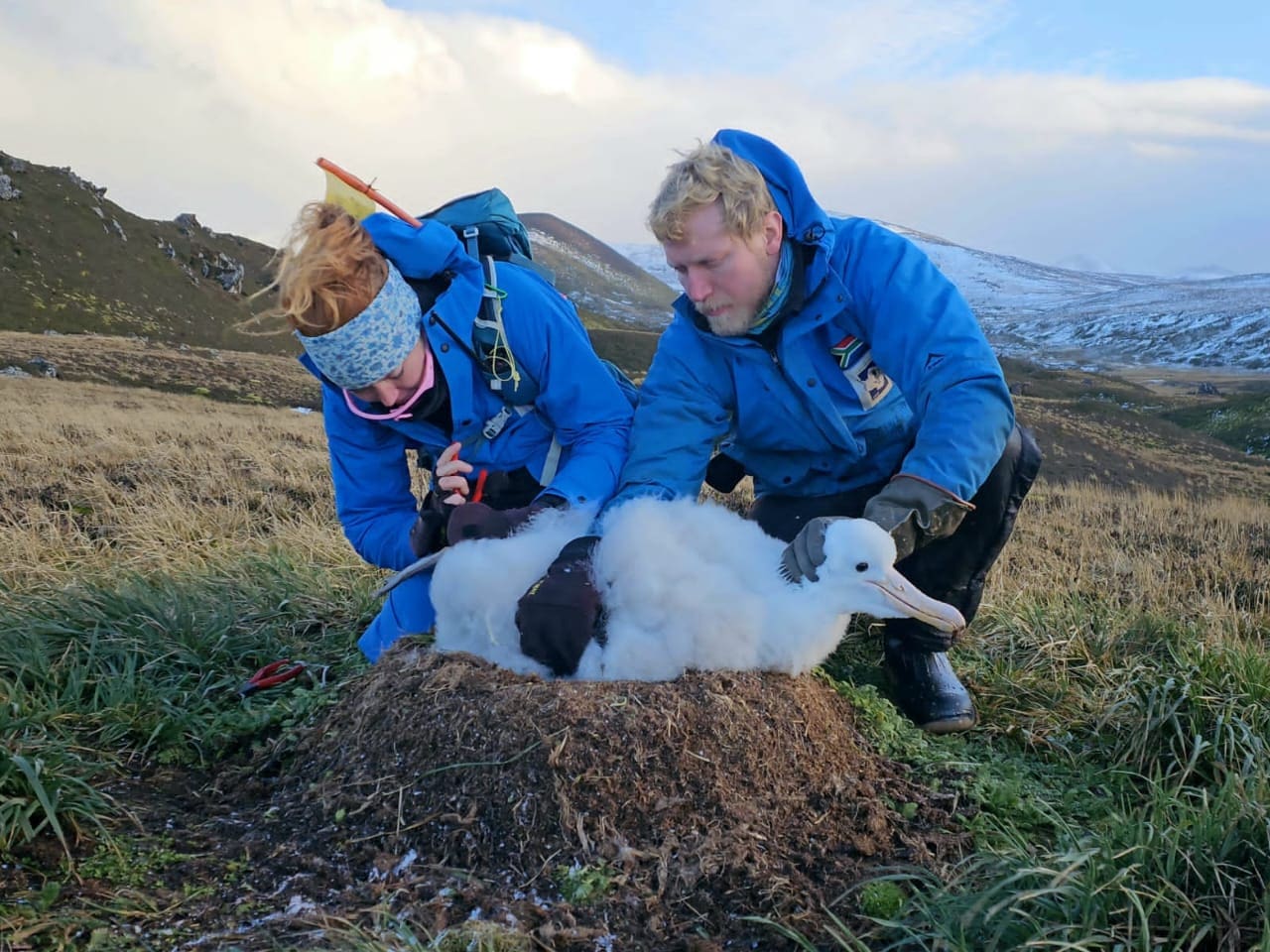
 Above: Chris and Michelle Jones working with the Wandering Albatross during overwinter period
Above: Chris and Michelle Jones working with the Wandering Albatross during overwinter period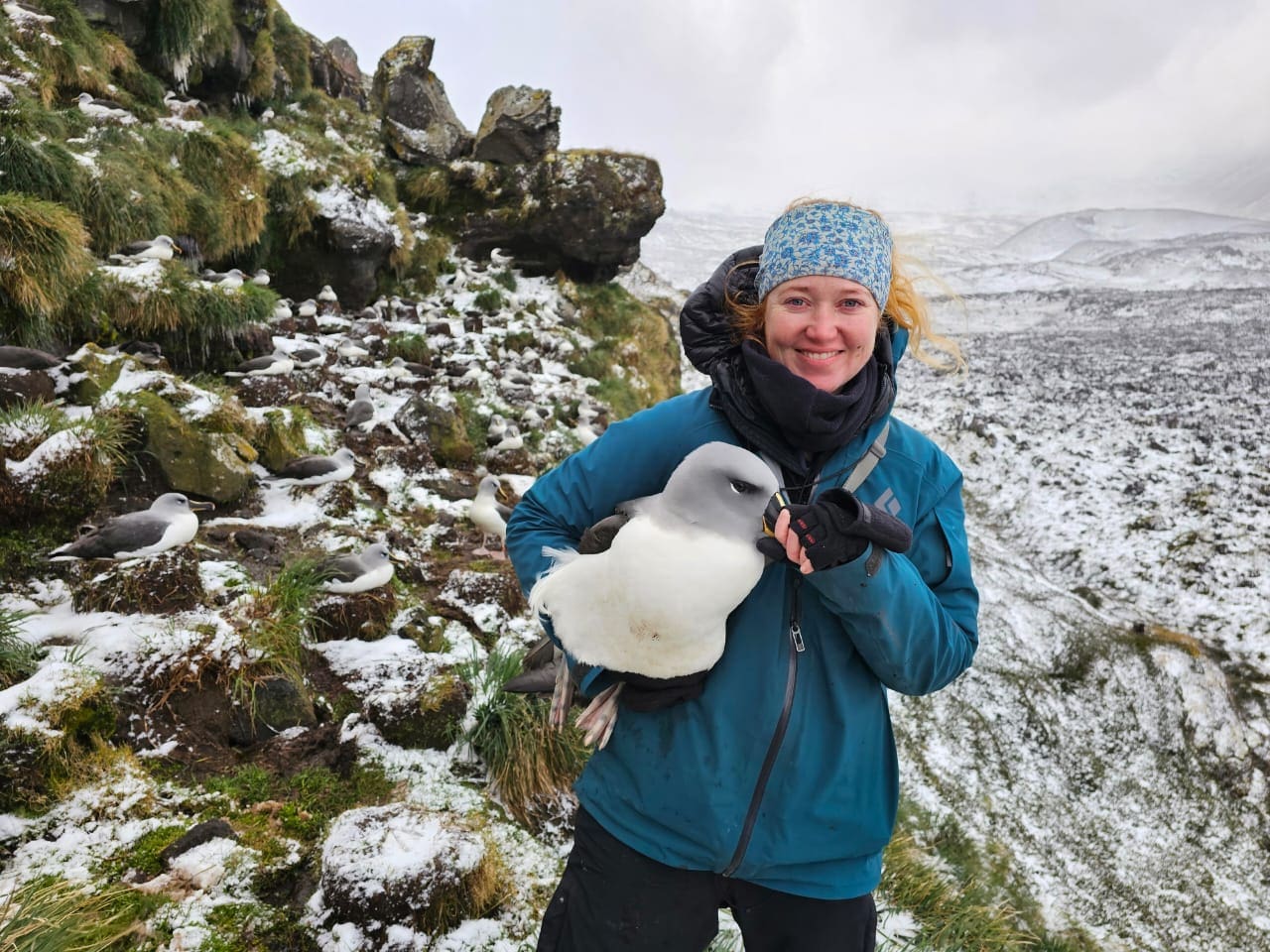
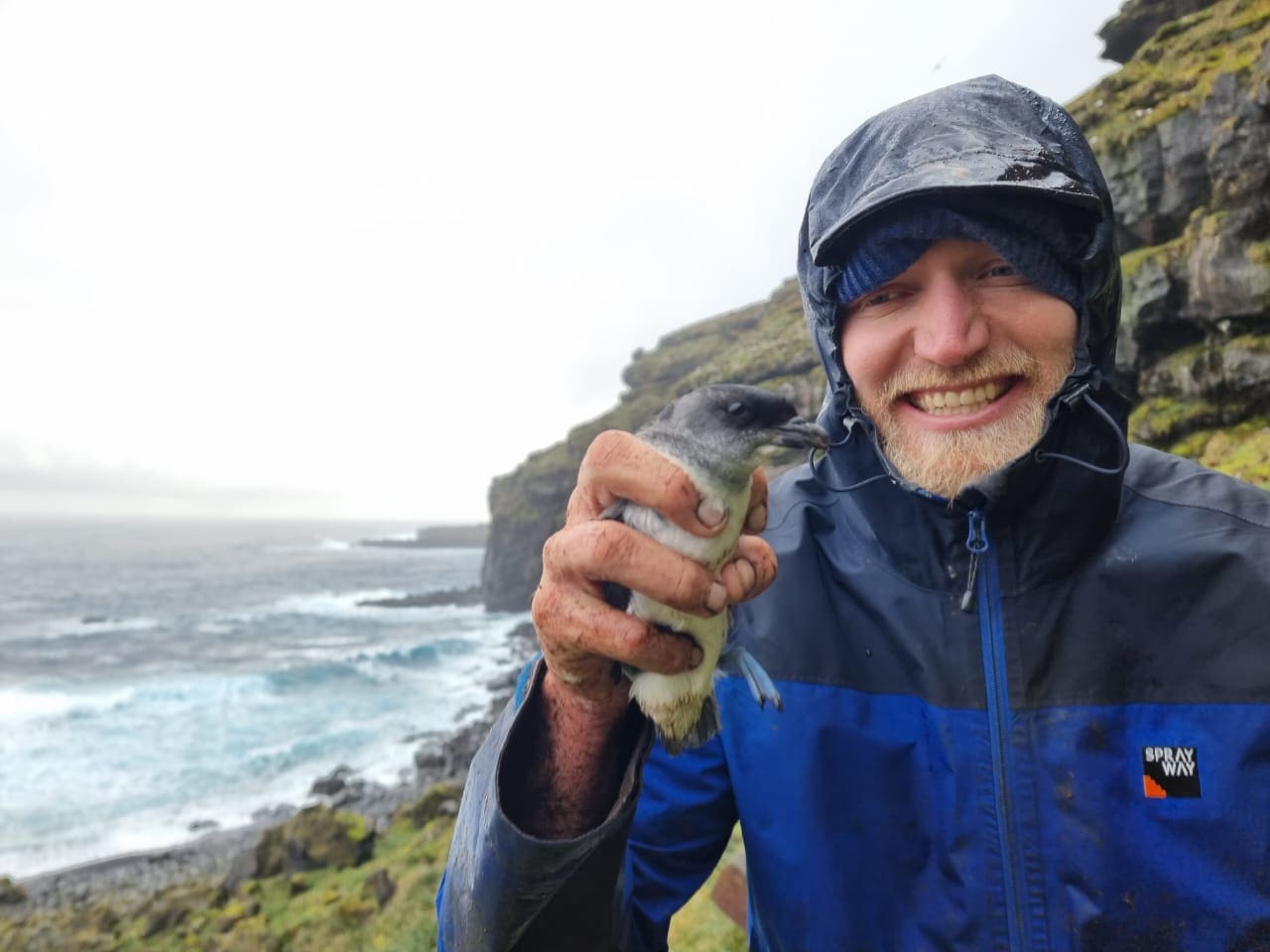 (left) Michelle Jones with Grey-headed Albatross and (right) Chris Jones with Common Diving Petrel
(left) Michelle Jones with Grey-headed Albatross and (right) Chris Jones with Common Diving Petrel

 (Above: Azorella selago – left: intact, right: eaten by mice)
(Above: Azorella selago – left: intact, right: eaten by mice)
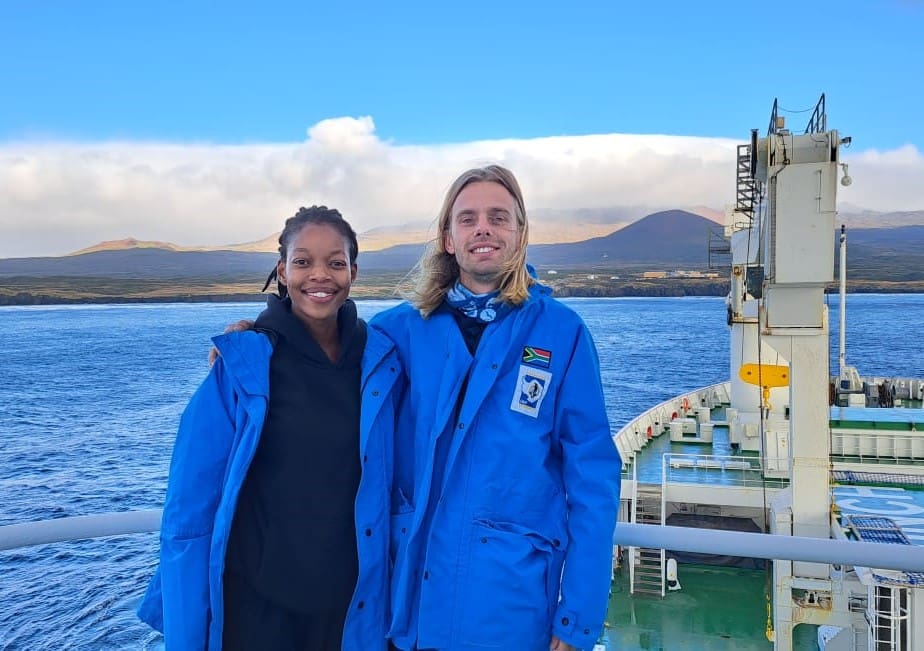 (Above: Elmar van Rooyen and Rabia Mathakutha. Left: before departure. Right: On board S.A.Agulhas II with Marion Island in the back)
(Above: Elmar van Rooyen and Rabia Mathakutha. Left: before departure. Right: On board S.A.Agulhas II with Marion Island in the back)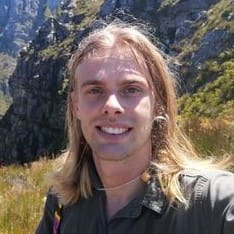 Allow me to introduce myself briefly. I am a 29-year-old conservation ecologist with a profound passion for nature and exploration. I hold an M.Sc. degree in Conservation Ecology & Entomology and possess a diverse skill set that includes expertise in ecology, restoration ecology, horticulture, botany, entomology, education, and management. Throughout my career, my focus has predominantly been on Southern Afrotemperate forests, and I have accumulated significant experience in South African forest ecology. I am drawn to this expedition for several reasons. Foremost, the opportunity to explore the unique environment of Marion Island presents a once-in-a-lifetime chance for me to expand my knowledge and understanding of sub-Antarctic ecosystems. While I may not have prior experience with the island, I firmly believe that firsthand experience is the most effective way to comprehend its ecology and wildlife. Moreover, I am deeply committed to the conservation of natural habitats, and Marion Island’s status as a biodiversity hotspot underscores the urgency of our research efforts. The presence of invasive house mice poses a significant threat to the island’s flora and fauna, necessitating thorough investigation and potential eradication strategies. Additionally, I am eager to contribute to studies on the impact of alien plant species and assist in devising methods for their control. I have always had a profound appreciation for fieldwork, and I relish the opportunity to immerse myself in hands-on research once again. Marion Island’s rugged terrain and unique challenges excite me, and I am prepared to tackle them head-on in the pursuit of conservation objectives.
Allow me to introduce myself briefly. I am a 29-year-old conservation ecologist with a profound passion for nature and exploration. I hold an M.Sc. degree in Conservation Ecology & Entomology and possess a diverse skill set that includes expertise in ecology, restoration ecology, horticulture, botany, entomology, education, and management. Throughout my career, my focus has predominantly been on Southern Afrotemperate forests, and I have accumulated significant experience in South African forest ecology. I am drawn to this expedition for several reasons. Foremost, the opportunity to explore the unique environment of Marion Island presents a once-in-a-lifetime chance for me to expand my knowledge and understanding of sub-Antarctic ecosystems. While I may not have prior experience with the island, I firmly believe that firsthand experience is the most effective way to comprehend its ecology and wildlife. Moreover, I am deeply committed to the conservation of natural habitats, and Marion Island’s status as a biodiversity hotspot underscores the urgency of our research efforts. The presence of invasive house mice poses a significant threat to the island’s flora and fauna, necessitating thorough investigation and potential eradication strategies. Additionally, I am eager to contribute to studies on the impact of alien plant species and assist in devising methods for their control. I have always had a profound appreciation for fieldwork, and I relish the opportunity to immerse myself in hands-on research once again. Marion Island’s rugged terrain and unique challenges excite me, and I am prepared to tackle them head-on in the pursuit of conservation objectives.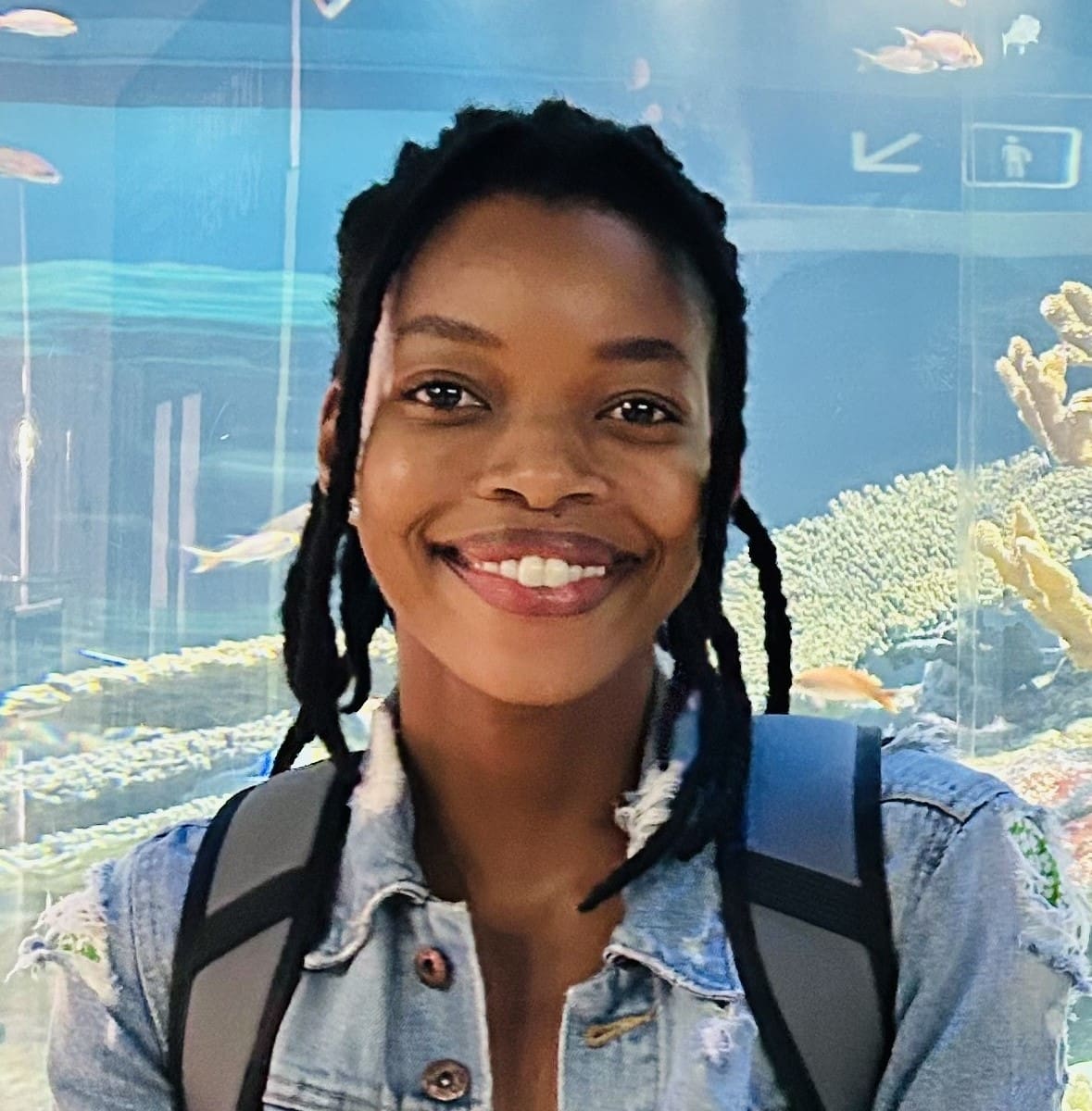 Rabia is excited to participate in the 2024 Marion Island Relief Expedition. Rabia is an ecologist by training and will be working as part of the University of Pretoria research team towards a comprehensive understanding of impacts of the invasive house mouse on the terrestrial biodiversity of Marion Island. Rabia first visited the island as part of her Masters research project during the 2015 and 2016 relief expeditions. Rabia’s MSc in Plant Science was focused on understanding plant invasion potential and environmental change responses in the sub-Antarctic region, using Marion Island as a case study. This is when her passion for understanding and participating in the conservation of South Africa’s polar environment was ignited. In her current capacity, Rabia is a research coordinator for the Data, Products and Society (DPS) Integrated Facility of the South African Polar Research Infrastructure (SAPRI). She continues to support the polar research environment by ensuring coordinated access to research infrastructure and societal benefits through science engagement and science communication. Rabia views this chance to revisit the island as a once-in-a-lifetime opportunity, one that will not only build upon previous efforts in understanding plant dynamics but also advance our understanding of ecological processes in response to a threatening invader. There’s no better place to study this than Marion Island, our own natural laboratory, and where it’s most urgently needed. As part of the larger Mouse-Free Marion project, Rabia considers this as a significant contribution to global conservation efforts, and in her words, “saving the world!”.
Rabia is excited to participate in the 2024 Marion Island Relief Expedition. Rabia is an ecologist by training and will be working as part of the University of Pretoria research team towards a comprehensive understanding of impacts of the invasive house mouse on the terrestrial biodiversity of Marion Island. Rabia first visited the island as part of her Masters research project during the 2015 and 2016 relief expeditions. Rabia’s MSc in Plant Science was focused on understanding plant invasion potential and environmental change responses in the sub-Antarctic region, using Marion Island as a case study. This is when her passion for understanding and participating in the conservation of South Africa’s polar environment was ignited. In her current capacity, Rabia is a research coordinator for the Data, Products and Society (DPS) Integrated Facility of the South African Polar Research Infrastructure (SAPRI). She continues to support the polar research environment by ensuring coordinated access to research infrastructure and societal benefits through science engagement and science communication. Rabia views this chance to revisit the island as a once-in-a-lifetime opportunity, one that will not only build upon previous efforts in understanding plant dynamics but also advance our understanding of ecological processes in response to a threatening invader. There’s no better place to study this than Marion Island, our own natural laboratory, and where it’s most urgently needed. As part of the larger Mouse-Free Marion project, Rabia considers this as a significant contribution to global conservation efforts, and in her words, “saving the world!”.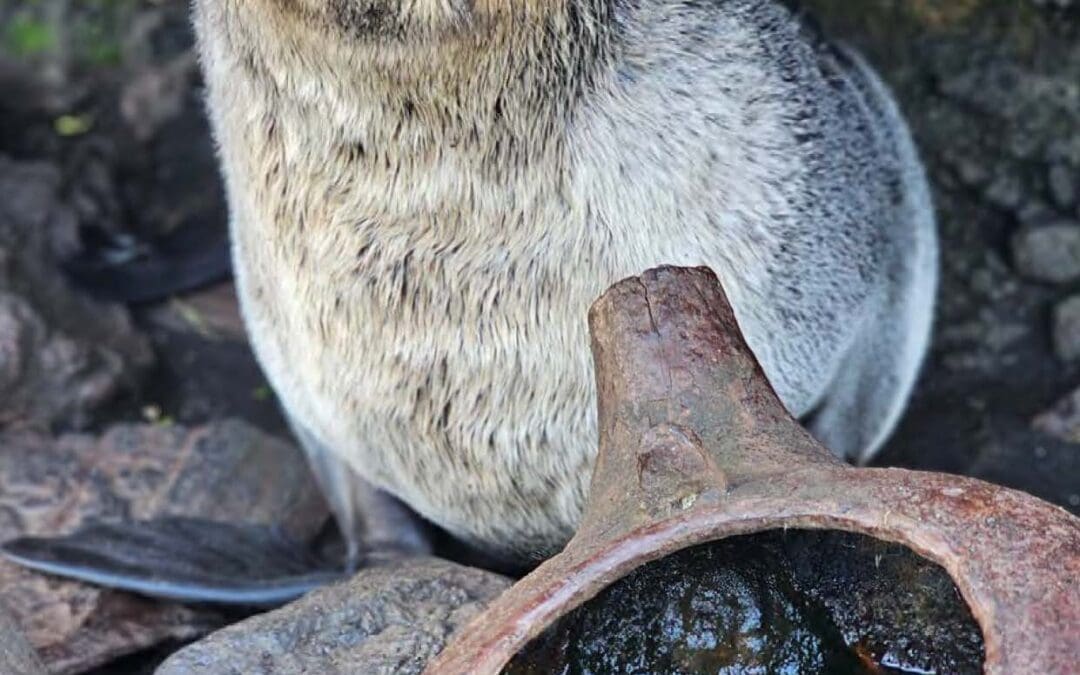
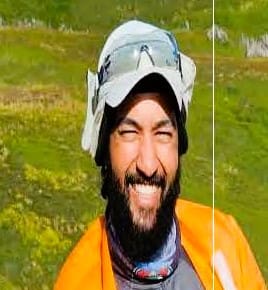 From the Editor: “We would like to dedicate the third and final issue of M80’s cohort of the Wanderer to M81. Marion is anything you want it to be, so make it special. It goes quick.” = Zafier Maurier (right)
From the Editor: “We would like to dedicate the third and final issue of M80’s cohort of the Wanderer to M81. Marion is anything you want it to be, so make it special. It goes quick.” = Zafier Maurier (right)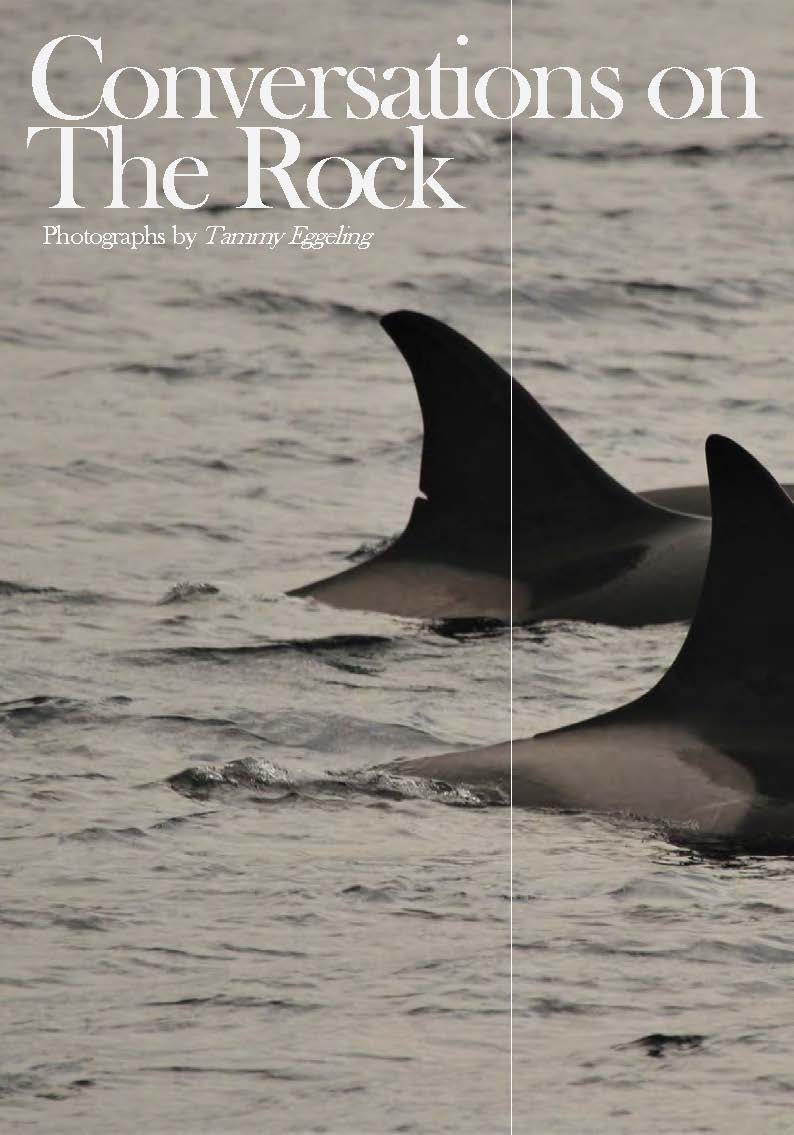
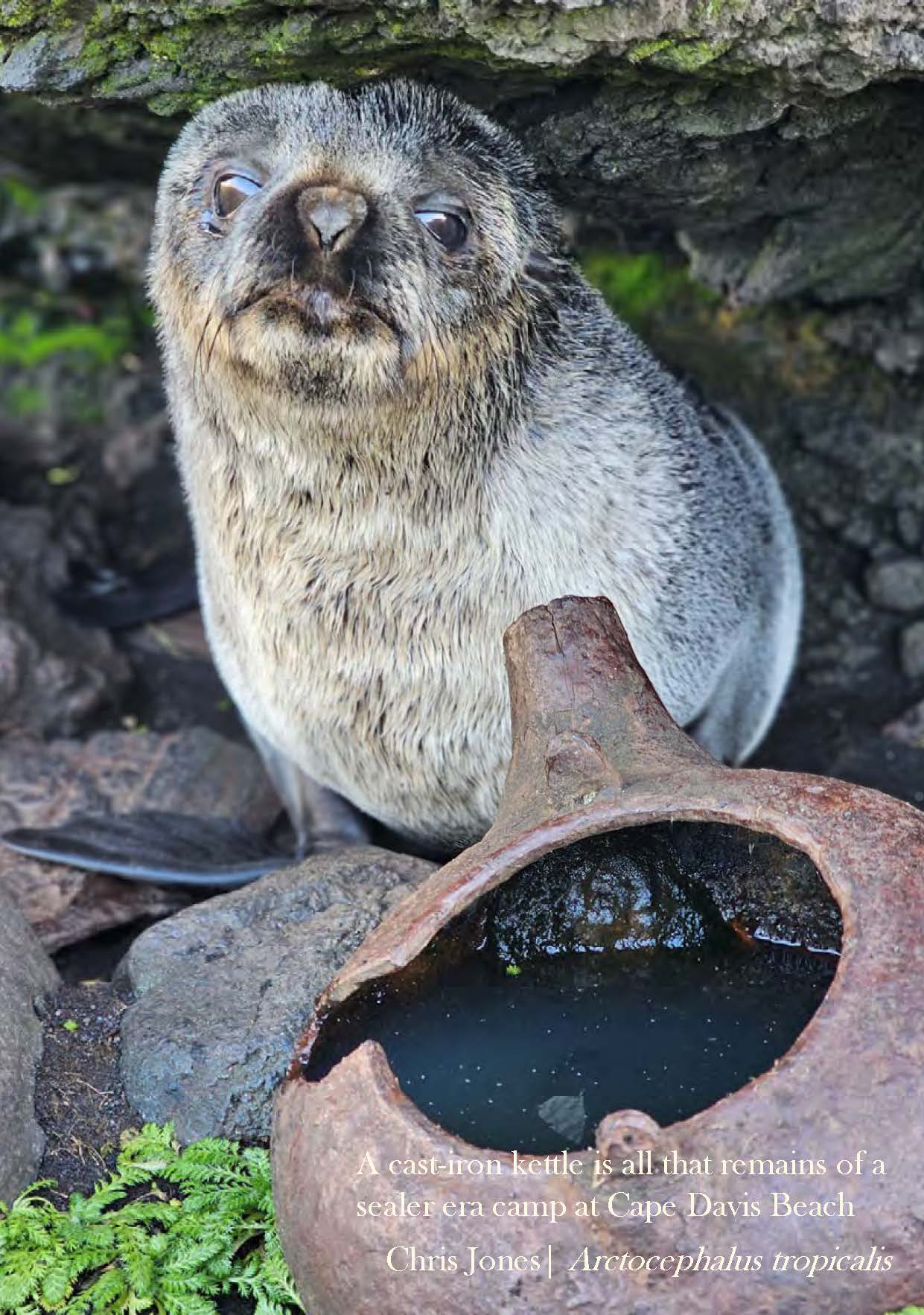
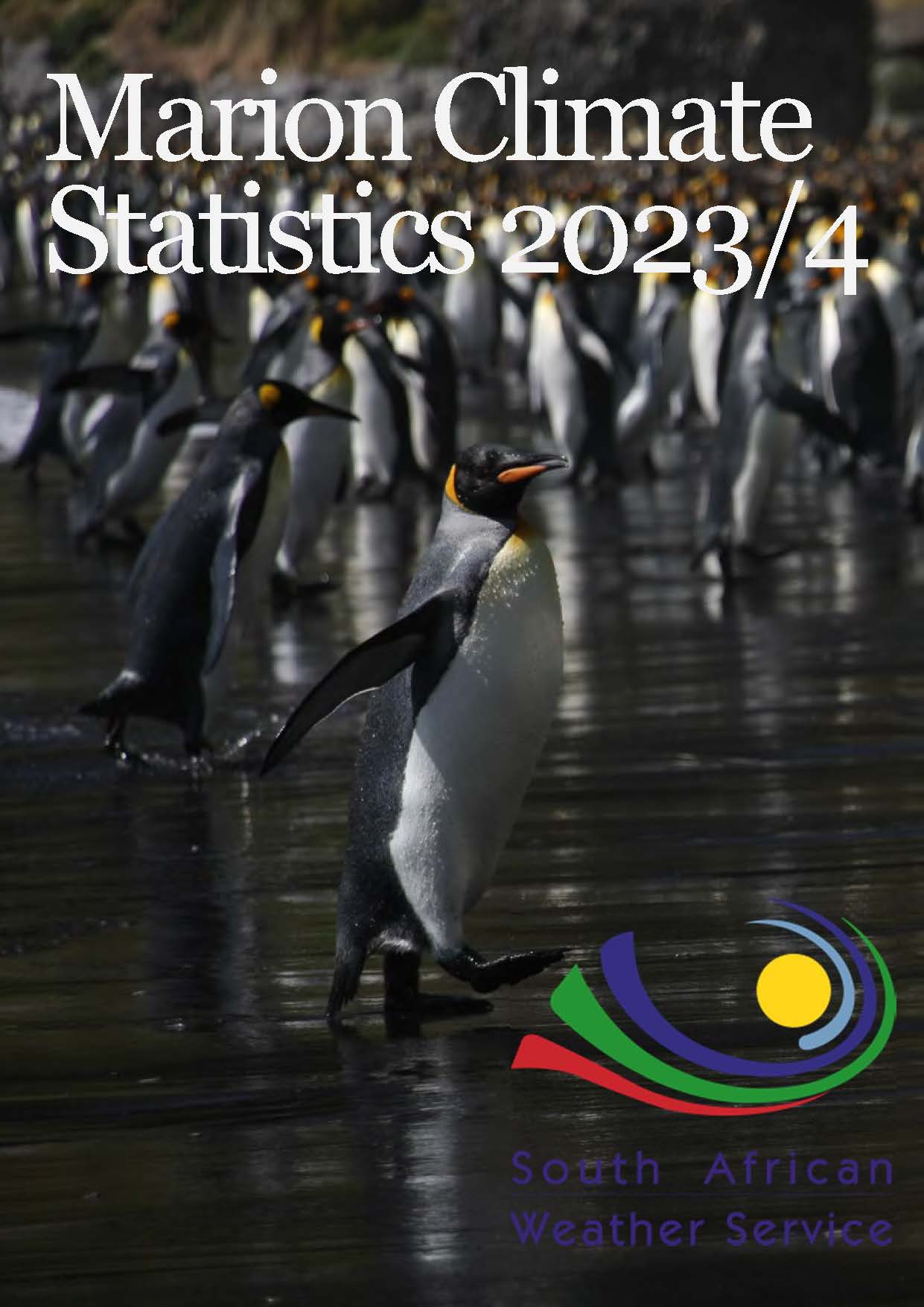
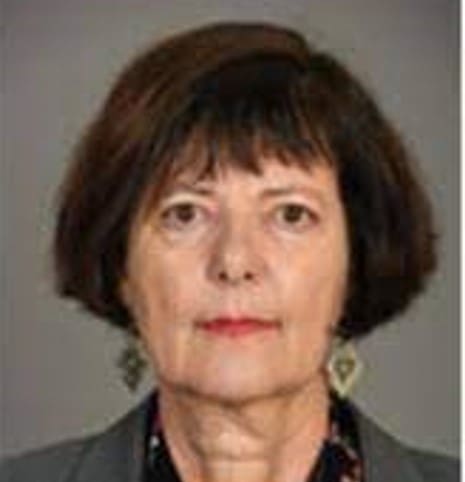
 MINISTER CREECY LAUNCHES THE 3RD NATIONAL STATUS OF BIOLOGICAL INVASIONS AND THEIR MANAGEMENT IN SOUTH AFRICA
MINISTER CREECY LAUNCHES THE 3RD NATIONAL STATUS OF BIOLOGICAL INVASIONS AND THEIR MANAGEMENT IN SOUTH AFRICA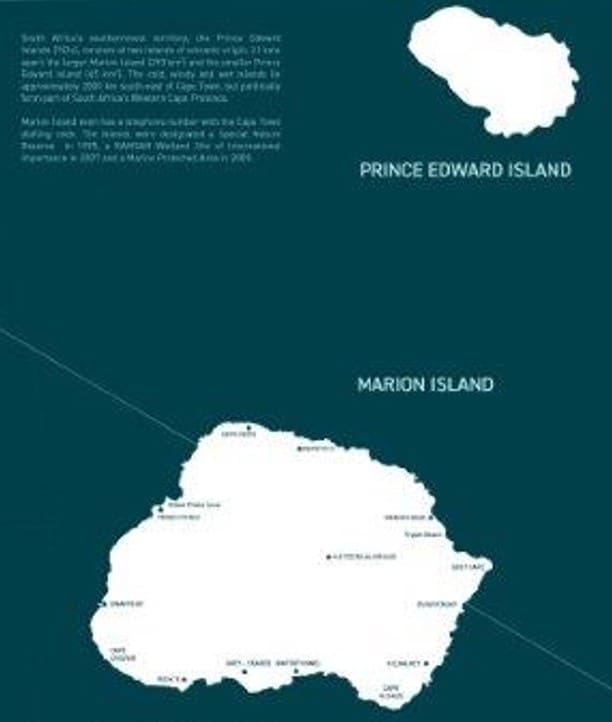 Thirdly, invasive species are devastating the unique and sensitive biodiversity of the Prince Edward Islands. For the first time, this report provides a separate assessment of the status of biological invasions and their management on the Prince Edward Islands. Although these islands are part of South Africa, their remote location and unique biodiversity warrant a separate assessment. Findings highlight the devastating impact of the house mouse, which is alien to the Marion Island. The mice feed on plants, and small animals including endangered seabirds. A bold plan to eradicate mice from the island has been developed and is due to be implemented in 2027. The eradication of mice from Marion Island is essential if its unique biodiversity is to be preserved.
Thirdly, invasive species are devastating the unique and sensitive biodiversity of the Prince Edward Islands. For the first time, this report provides a separate assessment of the status of biological invasions and their management on the Prince Edward Islands. Although these islands are part of South Africa, their remote location and unique biodiversity warrant a separate assessment. Findings highlight the devastating impact of the house mouse, which is alien to the Marion Island. The mice feed on plants, and small animals including endangered seabirds. A bold plan to eradicate mice from the island has been developed and is due to be implemented in 2027. The eradication of mice from Marion Island is essential if its unique biodiversity is to be preserved.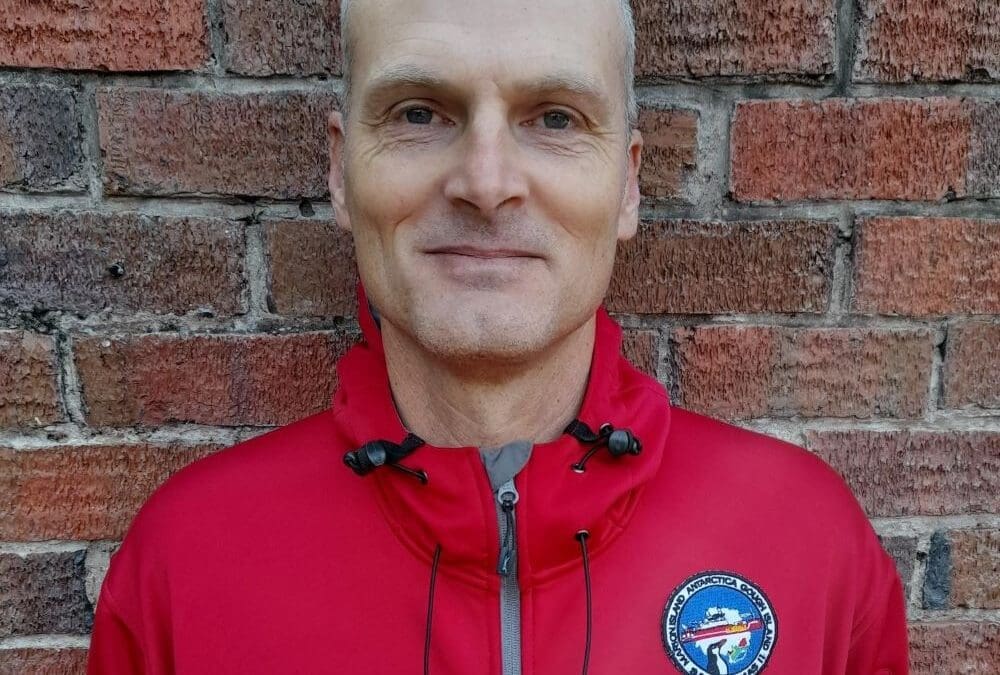
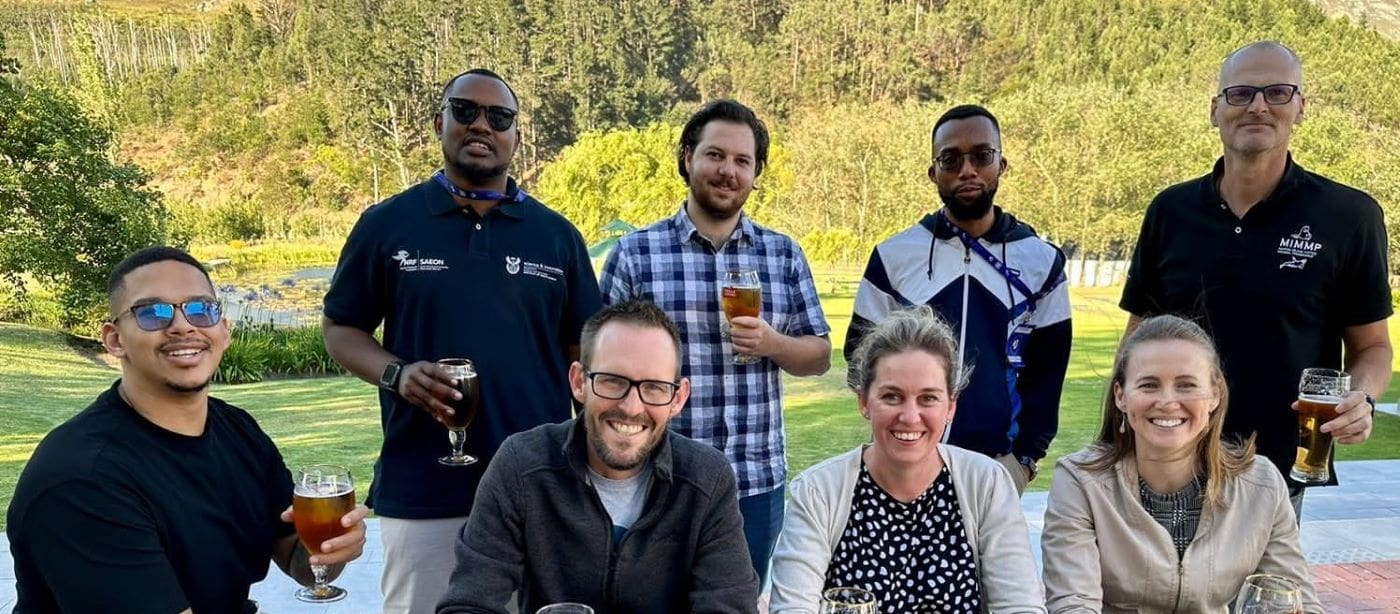
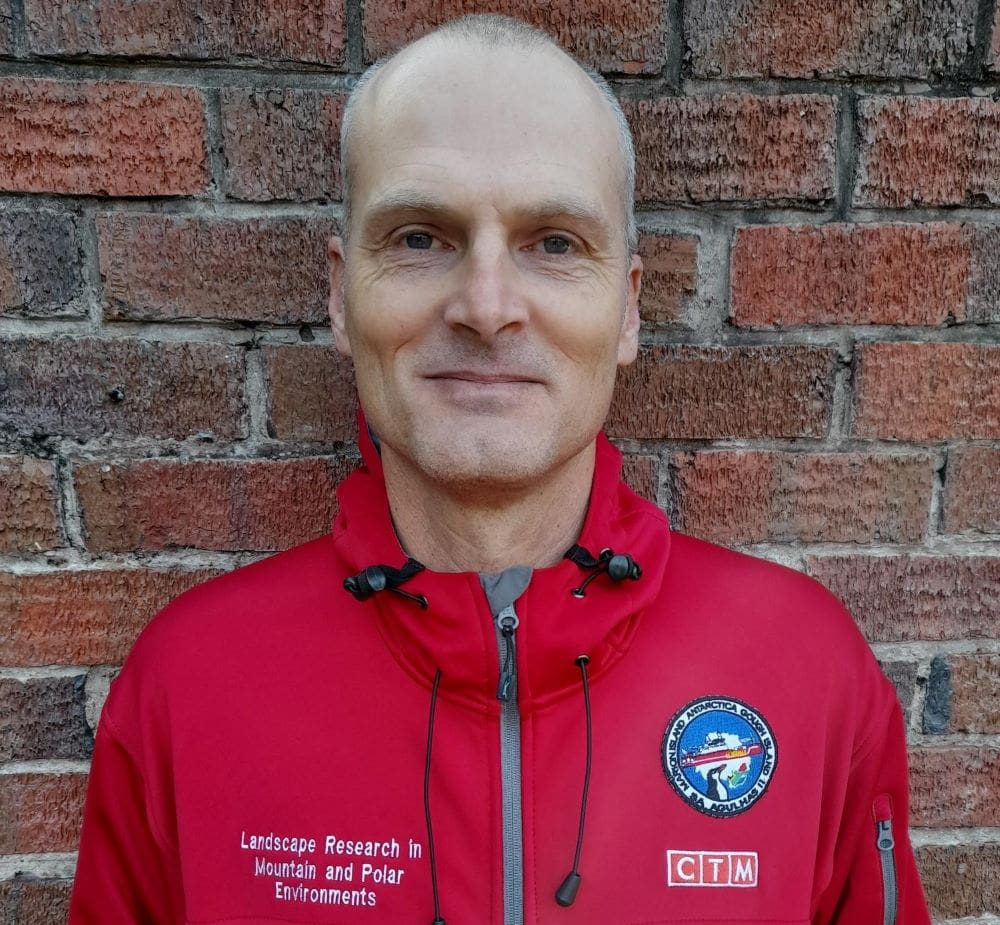 Prof Werner Nel chaired the session on earth system Observations under the title: “Antarctic and sub-Antarctic Earth Science”. The session opened with a talk by Geoff Grantham of University of Johannesburg and Werner then introduced research Landscape and climate interactions in the sub-Antarctic. The session was in the format of a panel and roundtable discussion. (Above group photo of Landscape research in mountain and polar environments)
Prof Werner Nel chaired the session on earth system Observations under the title: “Antarctic and sub-Antarctic Earth Science”. The session opened with a talk by Geoff Grantham of University of Johannesburg and Werner then introduced research Landscape and climate interactions in the sub-Antarctic. The session was in the format of a panel and roundtable discussion. (Above group photo of Landscape research in mountain and polar environments) In this session four higher education Institutions were represented.
In this session four higher education Institutions were represented. Above l-r: Geoff Grantham (UJ), Liezel Rudolph (UFS), Abu Nguna (UFH), Sibusiso Sinuka (UFH), Zenande Kabase(UFH)
Above l-r: Geoff Grantham (UJ), Liezel Rudolph (UFS), Abu Nguna (UFH), Sibusiso Sinuka (UFH), Zenande Kabase(UFH) 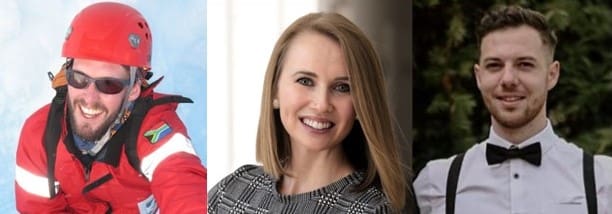 Other presentations of this project were given in the data management and humanities sessions as well as David Hedding in the summer survey as he only joined on 30 November due to the Prince Edward Island Scientific Expedition. (l-R: David Hedding (UNISA), Marike Stander (UFS), Bjorn Boyes (UFS)
Other presentations of this project were given in the data management and humanities sessions as well as David Hedding in the summer survey as he only joined on 30 November due to the Prince Edward Island Scientific Expedition. (l-R: David Hedding (UNISA), Marike Stander (UFS), Bjorn Boyes (UFS)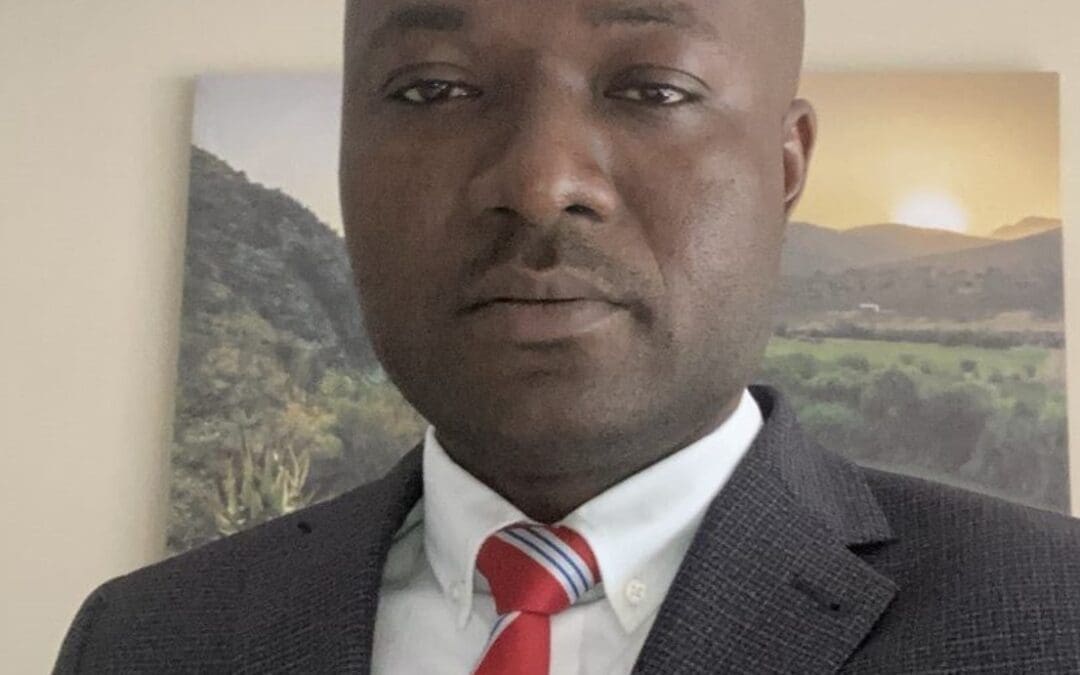
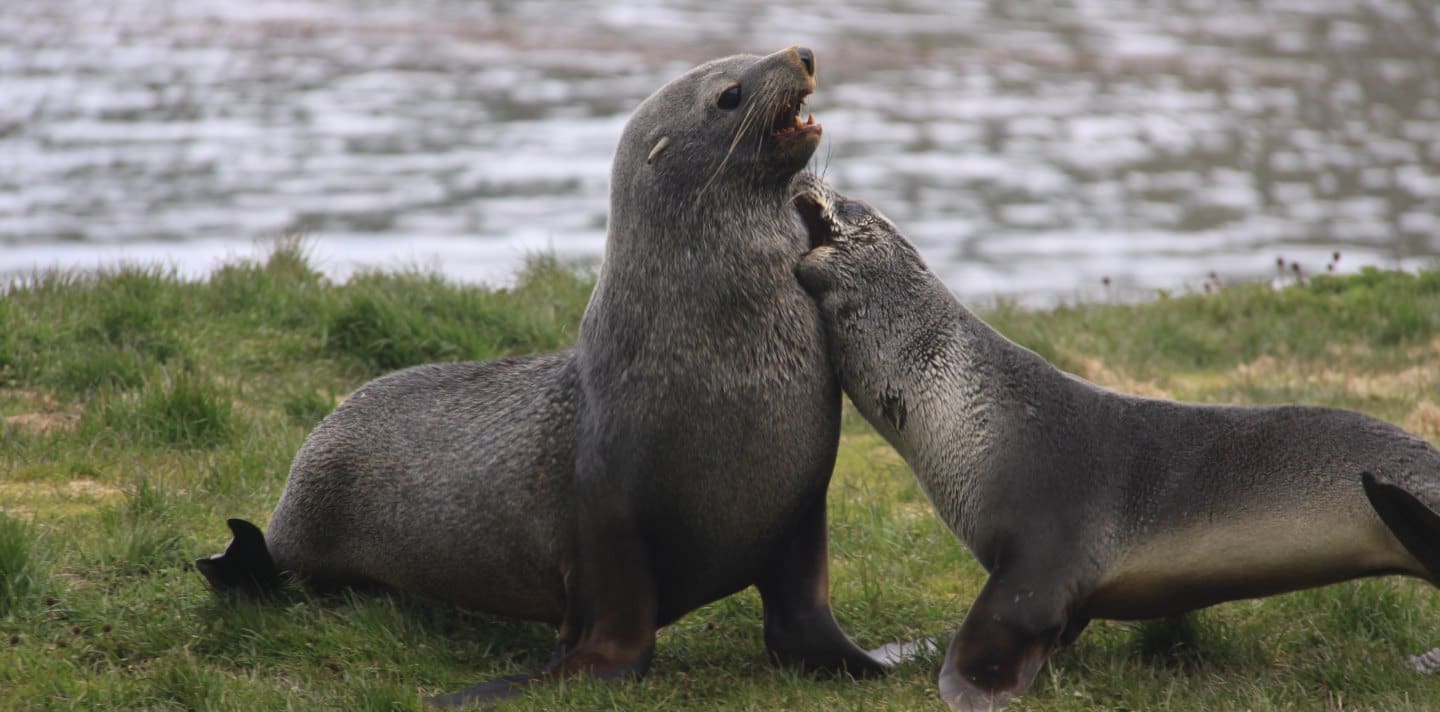
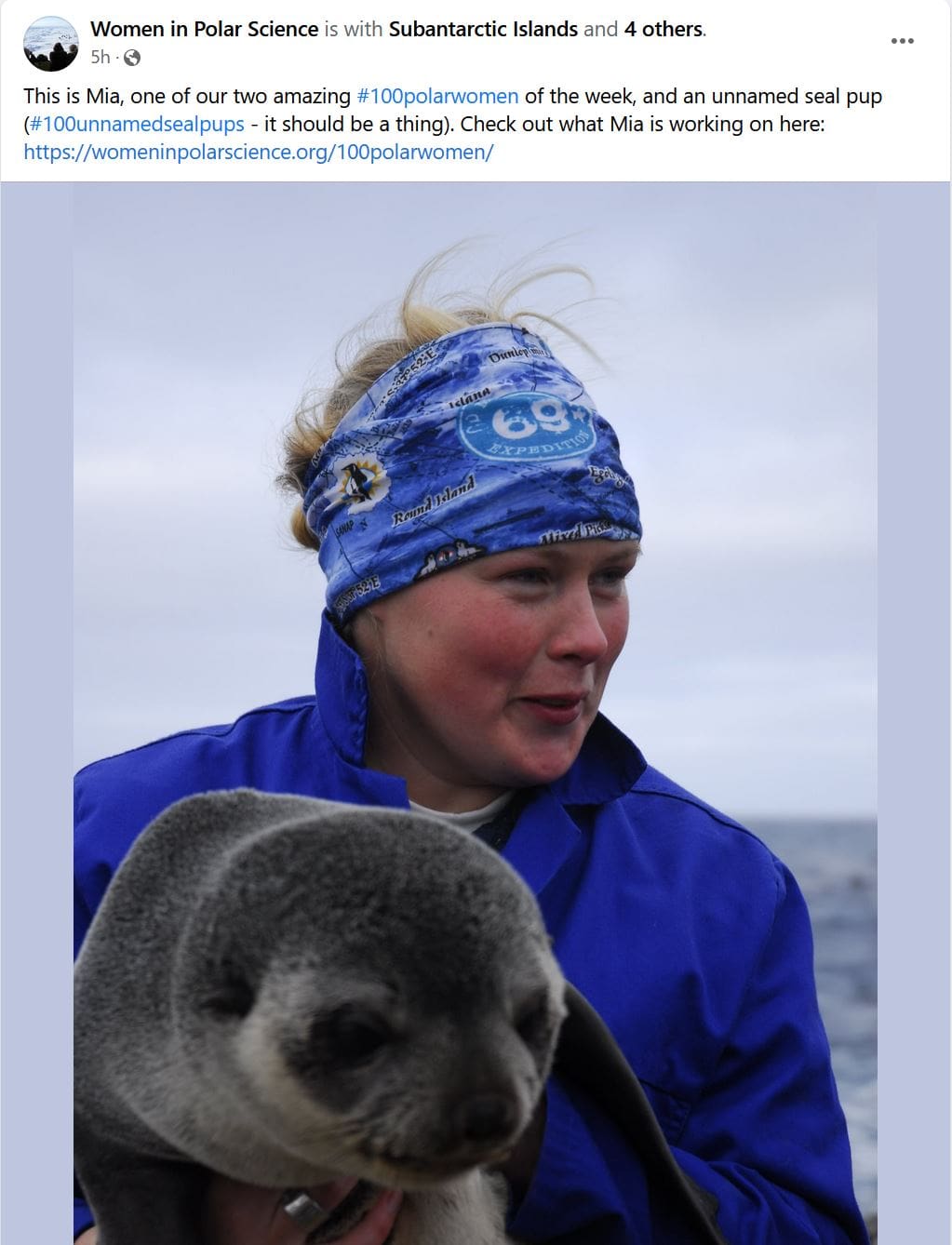 Dr Mia Wege chaired the session on Marine Mammals during the 6th SANAP Symposium that resorts within the Marine and Antarctic Research Strategy – ecosystems, biodiversity and biodiscovery. The session includes talks on various marine and the presentations were arranged according roughly to species and area. This Included elephant seals, fur seal, Ross seal, whales in ice, whales along the Southern African coast The session was presented in panel, discussion format, that allowed for questions form the audience. (Photo Credit: ALSA Archive)
Dr Mia Wege chaired the session on Marine Mammals during the 6th SANAP Symposium that resorts within the Marine and Antarctic Research Strategy – ecosystems, biodiversity and biodiscovery. The session includes talks on various marine and the presentations were arranged according roughly to species and area. This Included elephant seals, fur seal, Ross seal, whales in ice, whales along the Southern African coast The session was presented in panel, discussion format, that allowed for questions form the audience. (Photo Credit: ALSA Archive)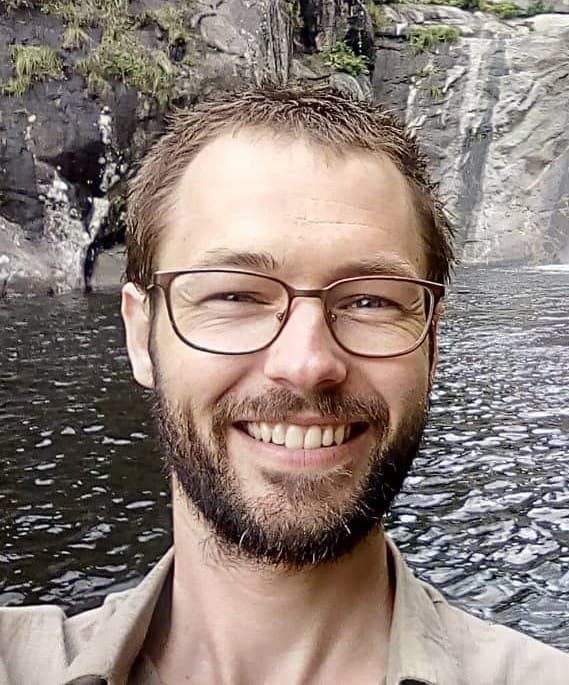

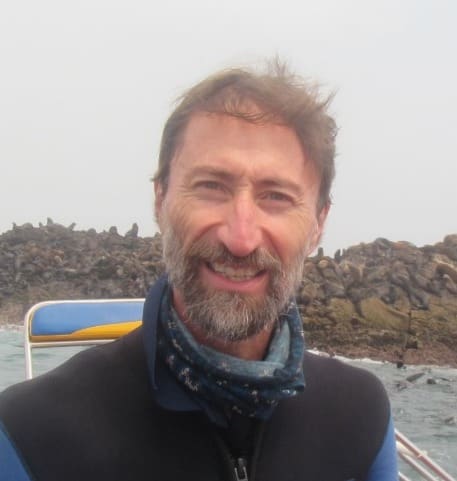

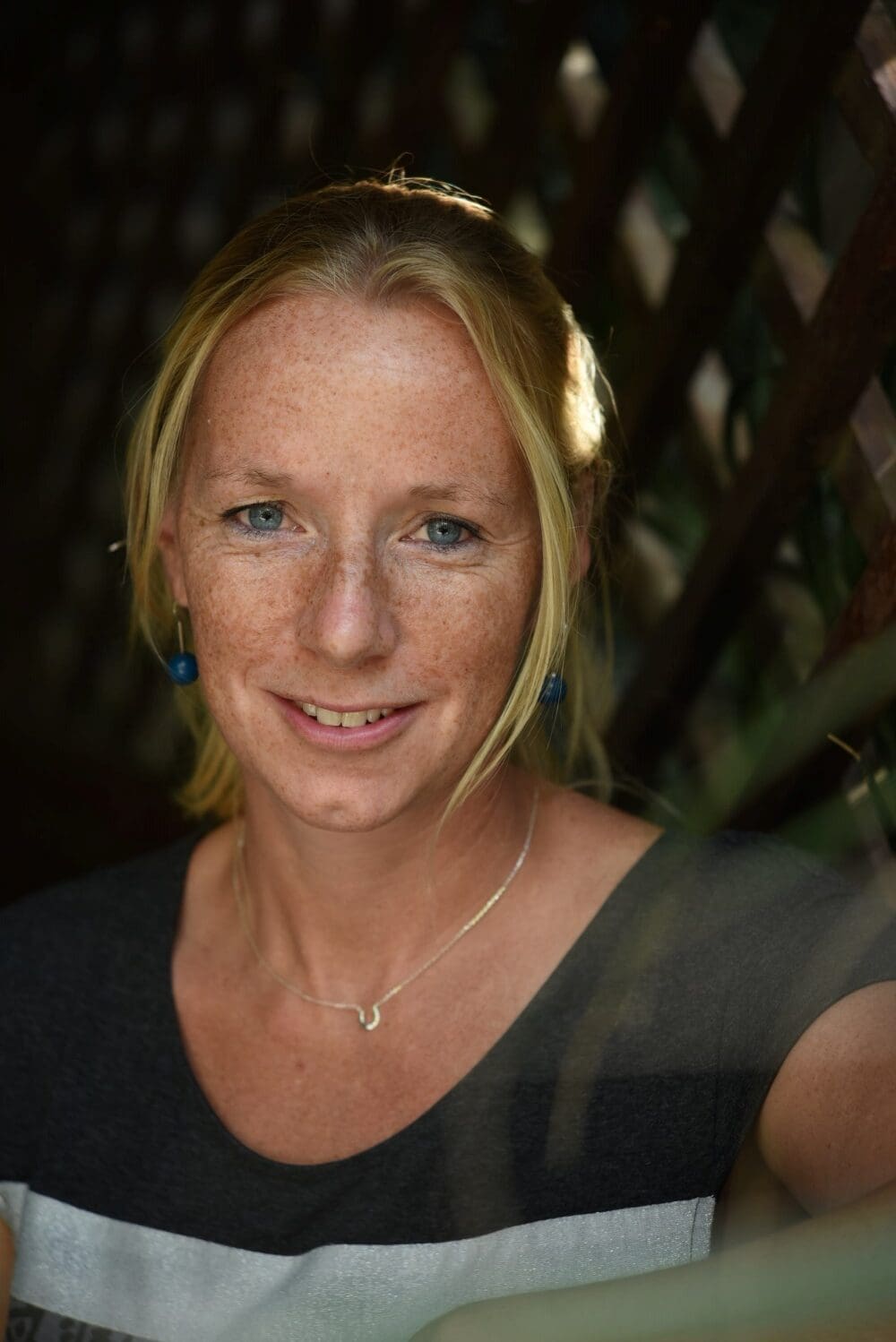
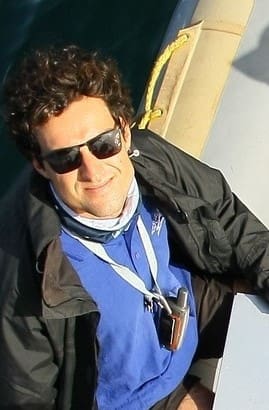
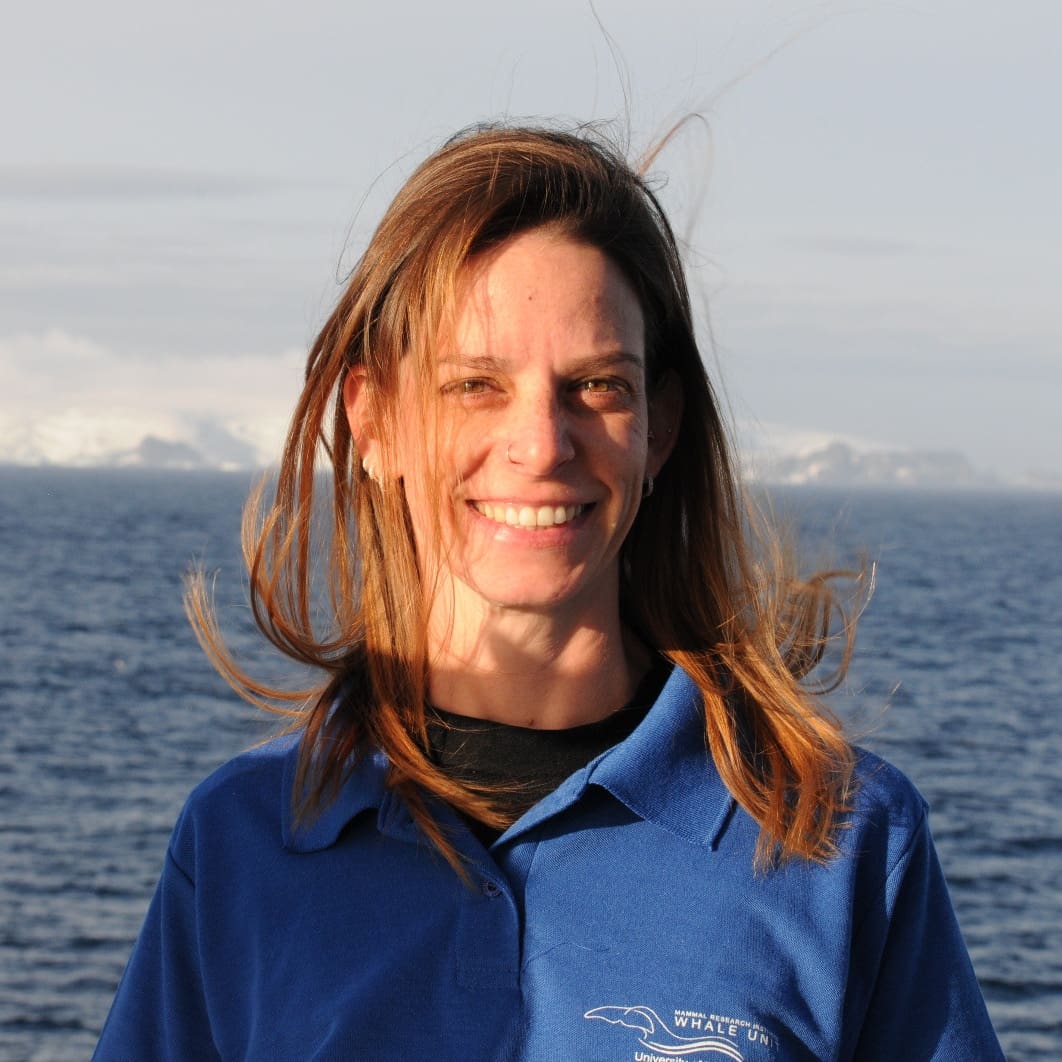



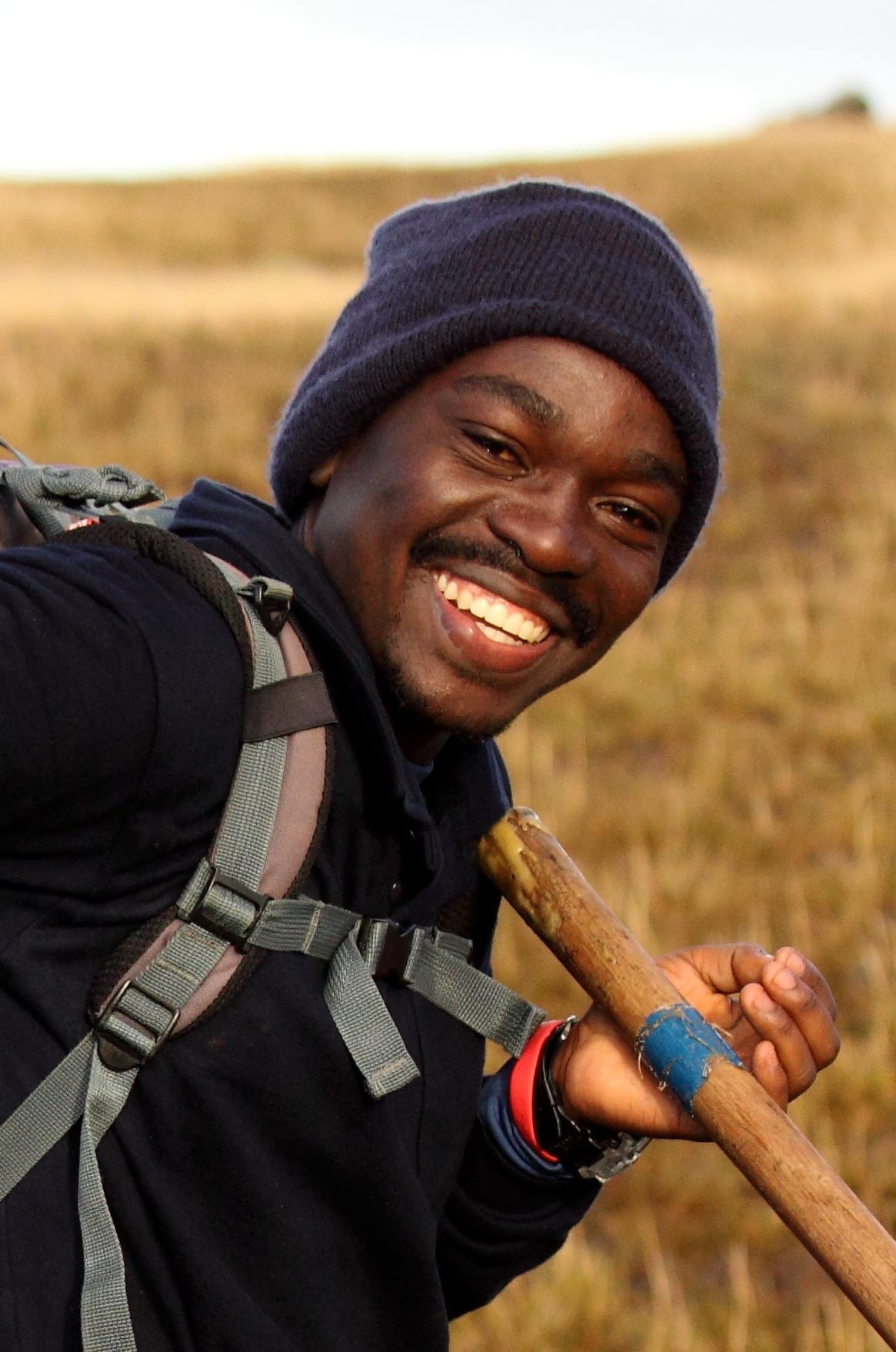
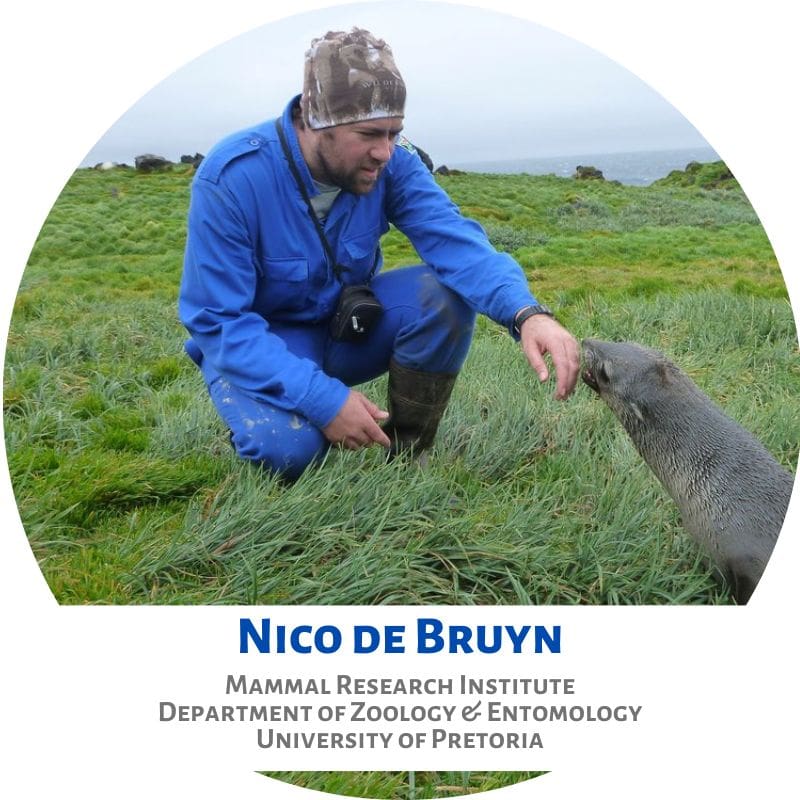
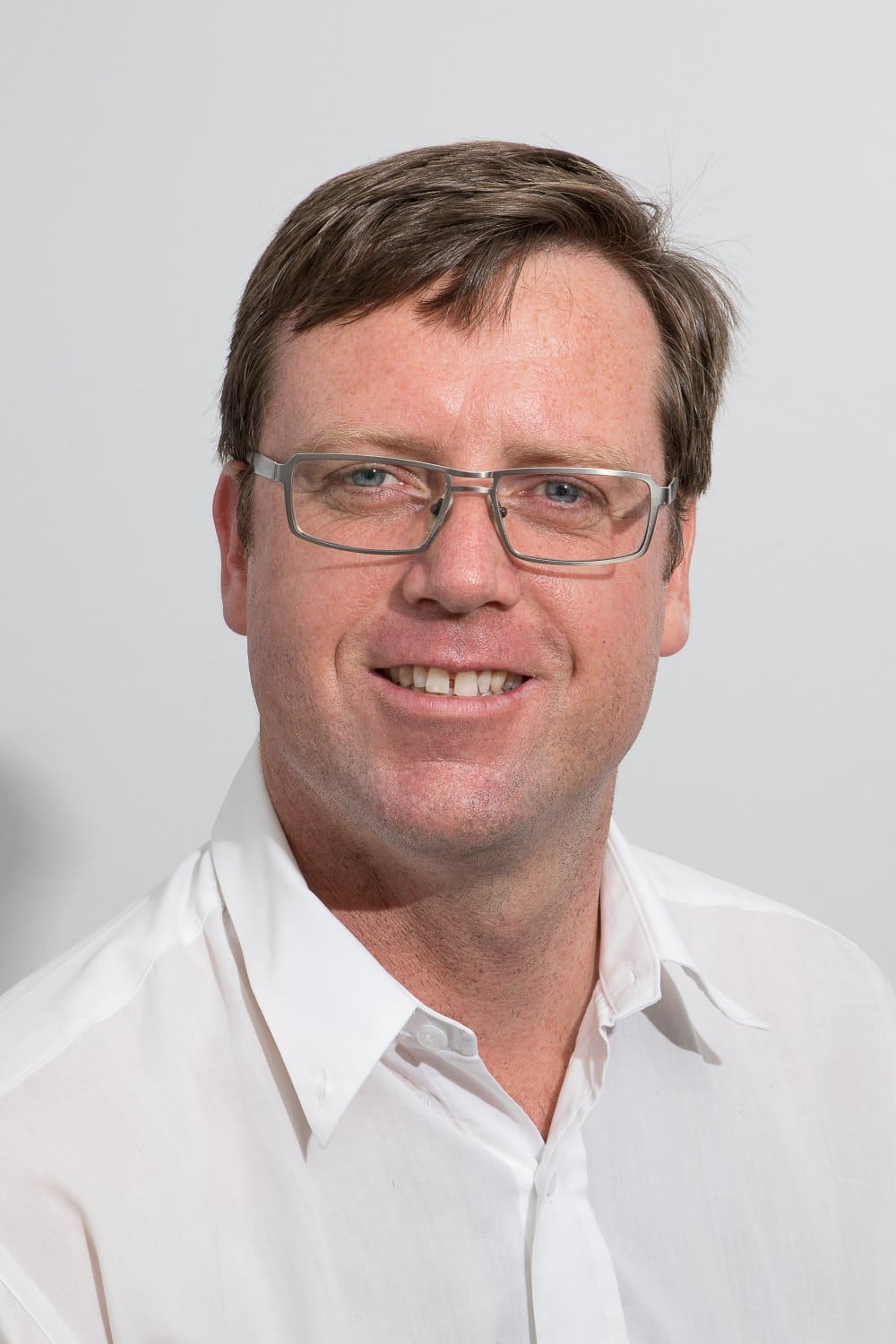 Two of the Principal investigators of the project were able to attend the symposium. ( Nico de Bruyn(left) – University of Pretoria and Jaco Versfeld (Right) Stellenbosch University)
Two of the Principal investigators of the project were able to attend the symposium. ( Nico de Bruyn(left) – University of Pretoria and Jaco Versfeld (Right) Stellenbosch University)


